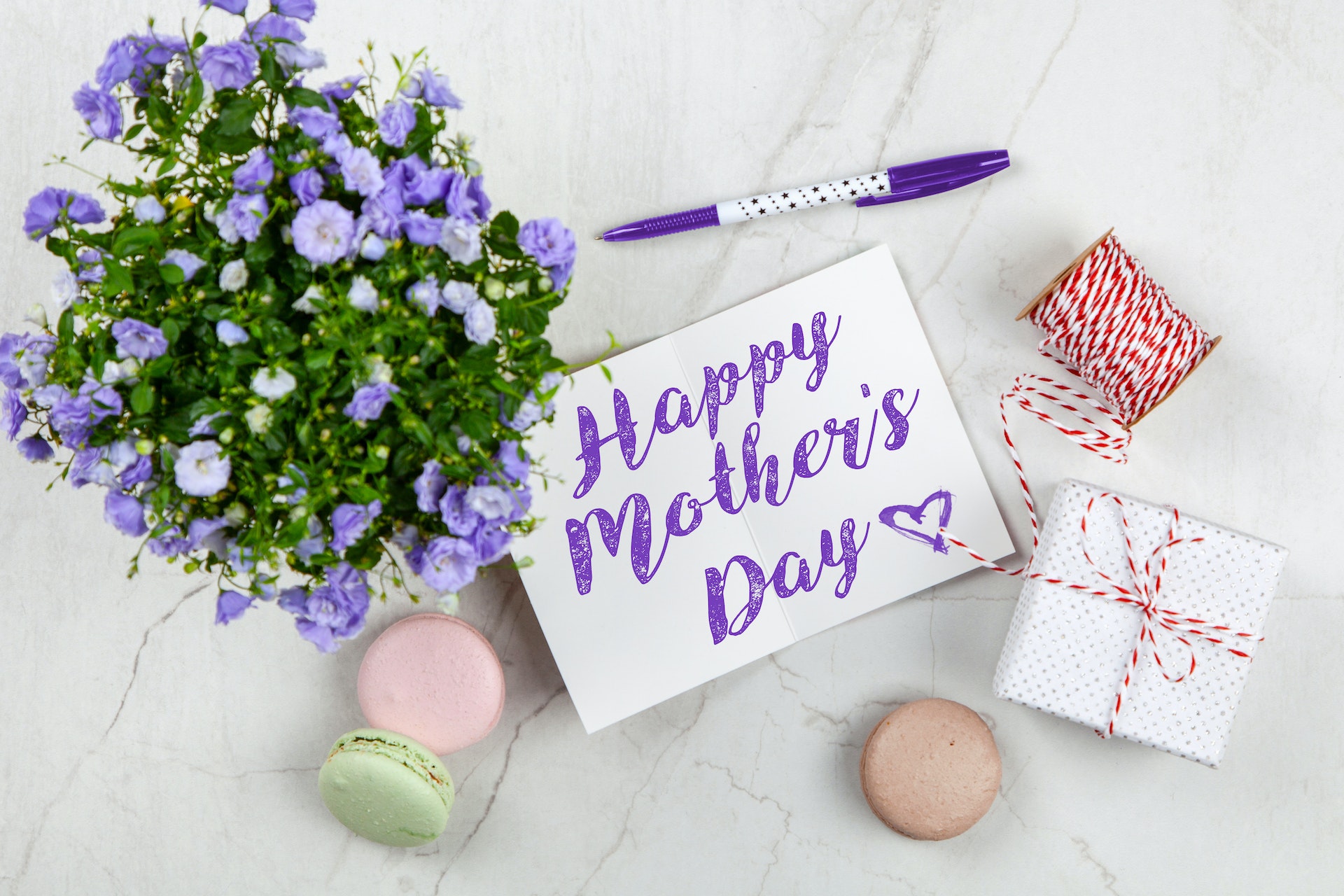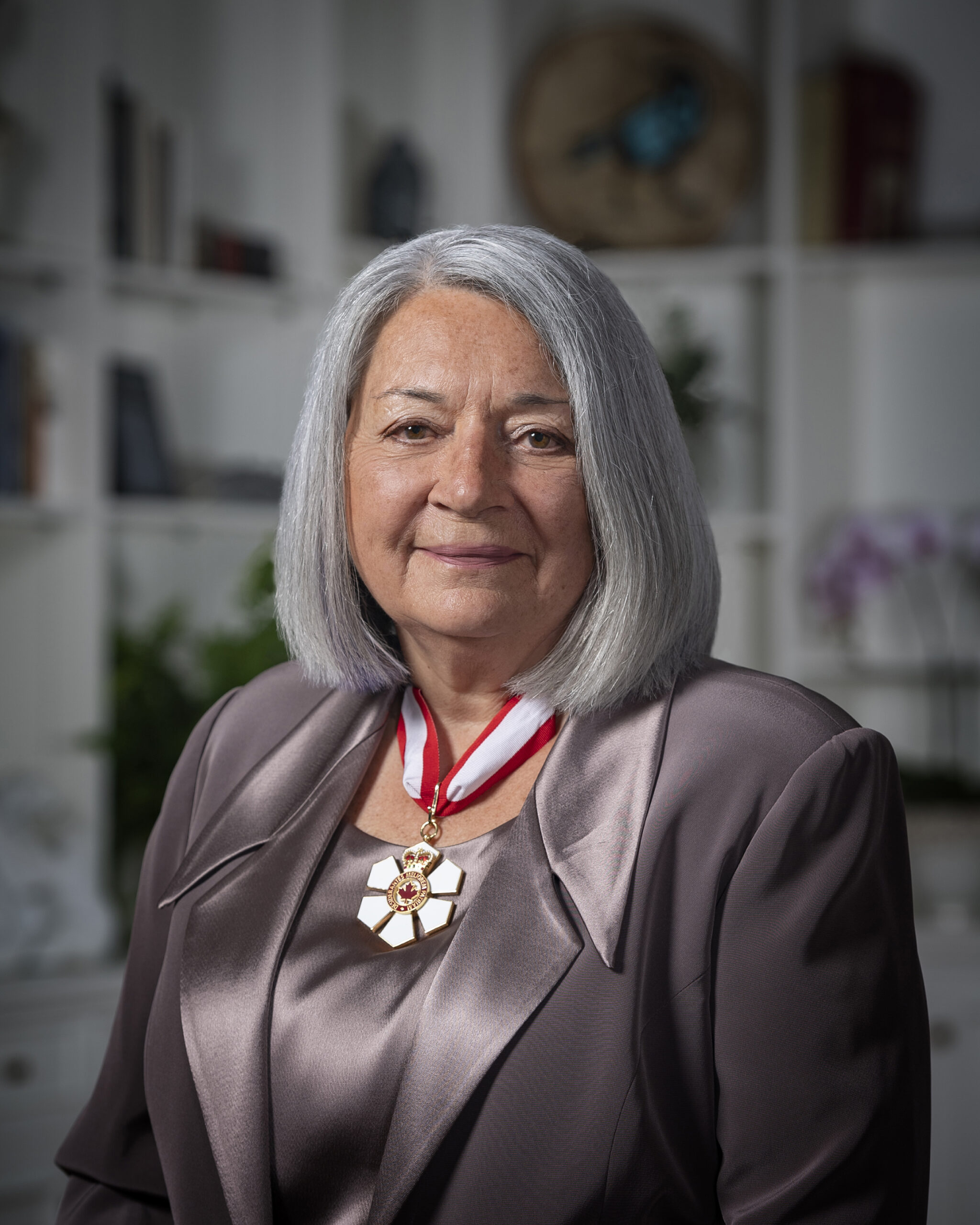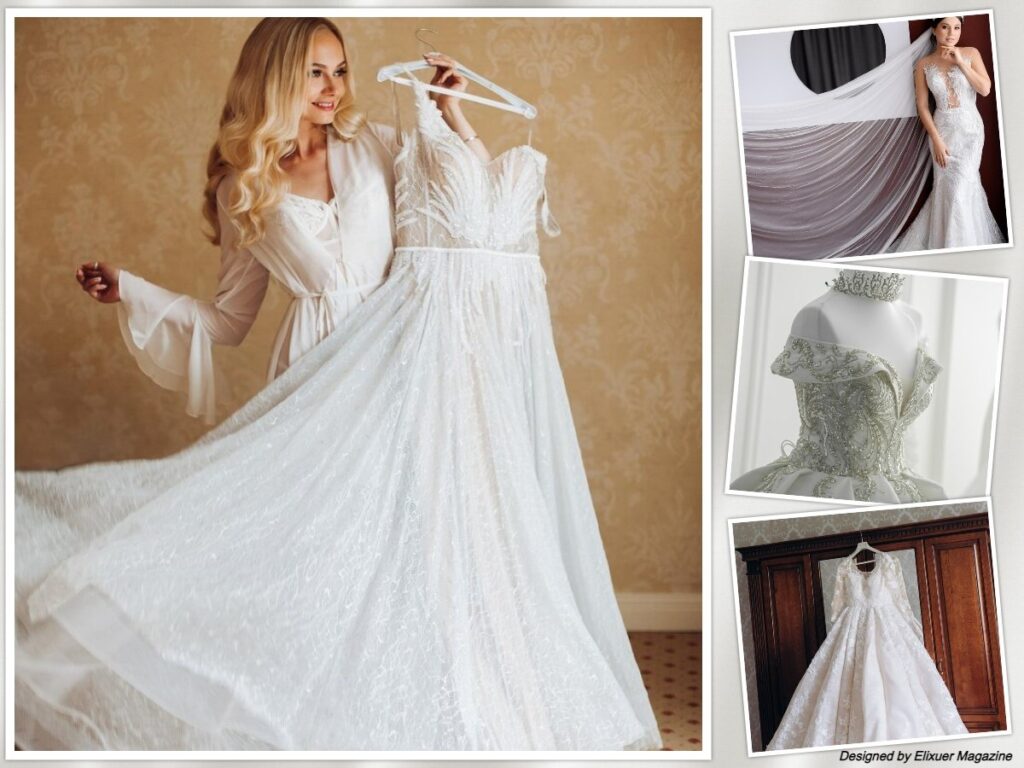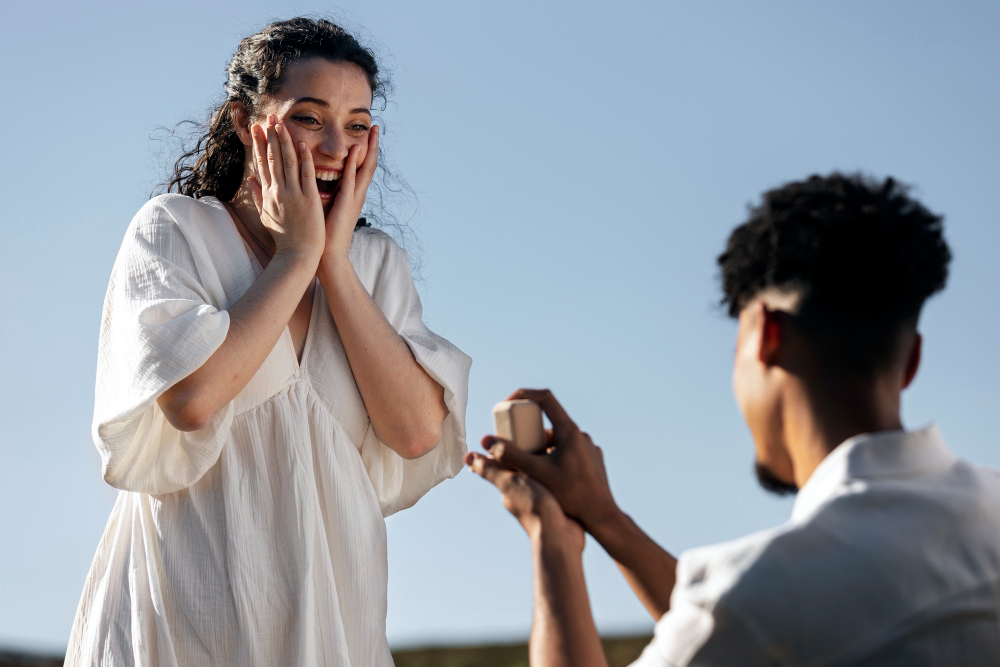Weddings are generally known as a celebration of love and unity of partnerships; and are one of the most important life events one can experience. Disney movies such as Cinderella and Tangled remind us of the mysticism and magic that come with romance and finding a life partner. Consequently, ensuring this special day is perfect is especially important for brides who often dream of this day since childhood.
From finding a beautiful venue to hiring a photographer who will beautifully capture the special moments throughout the day, there are several important factors and plenty of logistics to consider when planning your celebration.
One of the most important decisions a bride can make for herself regarding her wedding day is the dress that she will wear when walking down the aisle. While it is commonly thought in the Western region of the world that wedding gowns are traditionally white, the history of the wedding dress reveals this was not always the standard practice.
The colour of wedding dresses is an important factor to consider, as can be seen amongst many cultures, with different colours representing different ideas and value systems. In the historically rich days of ancient Rome, brides wore gowns deep in yellow to signify a burning flame, understood as a symbol of the wife bringing warmth and light to her partner’s life.
Alternatively, over 3000 years ago in ancient China, when the country was under the reign of the Zhou Dynasty, both brides and grooms were expected to wear black robes with red trim. With time, traditional Chinese culture has shifted to the colour red which symbolizes luck and auspiciousness.
In Japan, rather than resorting to one gown for the special occasion, brides wear several kimonos–long and loose robes typically tied with a sash around the waist–throughout their special day, ranging in a variety of colours from green, yellow, and white.
Additionally, Indian history reveals that ancient brides wore nine yards of material called a saree, in a bright and rich red colour, which symbolized power and passion. This material would be draped over the bride’s waist, torso, and shoulders. Oftentimes the materials would have patterns found on Indian bride’s dresses, such as paisley imprinted on the dress for further symbolization. In modern times, brides can be seen in sarees of various colours—all representing and symbolizing different values and beliefs.
Many traditional African tribal brides would be adorned in jewellery such as rings that would elongate the neck—and would wear beaded trains called “nyoga’s” which hung from the brides shoulders.
In modern society, wedding dresses hold one purpose and are typically a large investment for a garment that will likely be only used once, on the day of one’s wedding. However, when looking at history, even English royalty like Queen Victoria would repurpose her gown to wear for regular use. This was also true for those who did not belong to royalty, as the wedding gowns would become a closet staple to be worn regularly.
Amongst all cultures, a common theme for weddings and dresses is the emulation of royalty. This idea can be understood as a universal belief that a divinely guided partnership would bring prosperity and abundance for a new ancestral empire to be established.
While history reveals that there was variation in the dresses brides would choose to wear on their special day, modern society recognizes the traditional, white-laced wedding dress as the gold standard. This change in how wedding dresses are viewed in society can be understood by the introduction of photography at weddings, where wedding photos–particularly of royal families–were spread amongst the masses, popularizing the idea of what is now known to be the traditional white wedding dress and veil. Women’s magazines in the mid-1800s would promote the idea that most ideal wedding dresses were those that were white, as this reinforced the idea of royalty.
Soon after, the wedding gown Queen Victoria wore during her wedding showcased a silhouette embodying a slim waist covered by a full skirt over a petticoat. The gown featured lace details and continues to remain as an example of one of the most popular and sought-after styles by brides in modern-day society, as it has become the representation of a classic, elegant, and timeless style.
With time, the wedding industry has evolved and as with most things in modern society, deviation from ancient traditions has become a commonality. While the concept of a traditional white, lace wedding gown exists as a commonly recognized standard with designers, such as Vera Wang and Vivienne Westwood, who create beautiful bridal couture collections that embody this iconic look; it is also evident that brides and consumers alike are open to straying from this ideal.
Modernity has allowed for a shift in tradition, but with a look back on history, it is evident that beauty is in the eye of the beholder. Ultimately, the beauty of a wedding gown remains in the hands of a bride, whether a classic princess silhouette white gown, a bright red saree, or any other option in-between is chosen. What is most important for a bride to consider is what symbolism is aligned with how she envisions her future and how the many aesthetic-driven aspects of a wedding dress can represent these values.
Arnav Khosla | Contributing Writer








